A little sick of sitting at home in the weekends just in case I was needed at work during the annual maintenance shutdown, I somehow decided that a weekend trip to Jersey wasn’t too far to go. Technically not a foreign country, although in some ways it felt like one, it was still sort of overseas – an easy half hour flight over the Channel from Southampton after work on Friday. Although a small island, it turns out Jersey is a maze of narrow lanes – even a Focus was feeling a bit large. The open road limit is only 40 mph, but most of the roads are restricted more than that – some down to 15 mph. Driving was interesting because most of the intersections were blind due to various walls, so there was a lot of creeping out in to the next road hoping no-one was coming along in a hurry – which, invariably, they weren’t. Navigation wasn’t exactly straight forward, even with a pre-cached map & GPS on my phone – I was told that people that have been on the island their whole life can still get lost. I did manage to find where I was staying out on the east of the island & got a very warm welcome from my airbnb hosts – I was surprised to see a bottlebrush growing in the garden, a reminder of home.
 The number plates are even more simplistic than back home – although not nearly as boring
The number plates are even more simplistic than back home – although not nearly as boring
Having settled in to much larger accommodation than I’m used to for just one person, I was keen to head out & explore a little & find some dinner as the evening was brightening up. It wasn’t a long drive, nowhere is I suppose, down to the small harbour at Gorey. There’s rather an imposing castle, Mont Orgueil, right behind the esplanade and a long breakwater that shelters the fleet of small boats harboured. At the end of the pier there was the smallest customs facility I think I’ve ever seen – there are occasional ferry sailings to France (which is a whole lot closer than England).


Waking to drizzle that had well & truly set in, a day of indoor activities was dictated to me. I started off at Jersey’s most popular & well known attraction – the Jersey War Tunnels on the other side of the island. The Channel Islands were the only part of the UK that was occupied by the enemy (the islands having been left demilitarised, as there was not much strategic importance in defending them) during WWII & Hitler was apparently so keen to hold on to this little bit of the country, that it was in the process of being turned in to a fortress. This complex of tunnels was built as a large underground hospital – but it was never used as such. Now it holds a fascinating account of what life was like for the islanders under German occupation; it’s really well done, the unexpected loud sound effects of screeching bombers & explosions can be a little disconcerting – but that’s probably the point. I expected a bit more of the history of the complex itself, but I suppose there’s not much more to say than forced labour dug it out & it was turned in to a medical complex.


Without getting too lost I made it next to Hamptonne Country Life Museum. I was interested to see how life might have been for my great-great-great grandfather, who was a farmer on the island (my great-great-grandfather left in 1863 for New Zealand, he was a mariner – I assume there wasn’t enough land for all the sons to carry on farming; this is the reason at least one other of my forebears made it all the way to NZ at a similar time). There are some really well preserved & furnished farm buildings from the late seventeenth & early eighteenth centuries, I was a little surprised to pop my head around a dark corner & find a large sow suckling ten or so piglets. There was also a fascinating display on the Jersey cow, the island’s greatest export and one I’m reasonably familiar with having grown up the son of a dairy farming expert – not to mention having milked a few after leaving school.
 Horse powered wheel for crushing apples to make cider
Horse powered wheel for crushing apples to make cider

Having spent enough time out in the rain for a little while, I returned home to regroup & watch some of the Wimbledon finals before wandering down the lane a bit to Le Hougue Bie. The largest archaeological attraction here is one of the best remaining passage graves in Europe – used in the Neolithic age (six thousand years ago) as more of a church than as a grave. On top of mound covering the passage grave there is also a medieval chapel – that once had a big tower built around & on top of it in the 1800s, but that has since been pulled down. As this is one of the high points for the east side of the island, it’s a good observation point – so there is of course a bunker from WWII. This now houses a poignant display commemorating all the forced labourers that were transported to Jersey.
 The entrance to the passage grave – one could stand up inside it in certain places
The entrance to the passage grave – one could stand up inside it in certain places

Being an island, seafood is of course a staple – the oysters & scallops I had for dinner that night were glorious. The aptly named local ale – Liberation – was also pretty damn good. Returning home that evening, my hosts Lesley & Peter were only to happy to hear about NZ over a bottle of wine – so I happily obliged while we pored over an atlas that was surprisingly detailed (why was Pongakawa on there?) & then gradually we drifted through the atlas sharing travel stories.
There was actually blue sky on Sunday morning, so it was back to Gorey to have a proper look around Mont Orgueil. The castle has been around since the early 1200s, but with many changes – as you would imagine – over the last eight centuries. In a great defensive position initially, once gunpowder & cannon became more useful the hill overlooking the castle to the north became rather pesky & rendered it only useful as a prison for quite sometime. Of course, the Germans found a use for it, raising the observation towers. The castle has only been reopened since 2006 & there is a really good mixture of social history, architectural/military history and more recent artworks. The morning I visited Jersey Heritage was running a program for children so there were plenty of people dressed up using olde worlde words and masses of kids running around with wooden shields & swords trying to find the Crown Jewels.

 Back over Gorey
Back over Gorey
 Just to show that there were actually some Jersey cows left on the island – they’re not all overseas
Just to show that there were actually some Jersey cows left on the island – they’re not all overseas
After packing up, lunching, more chatting over table-tennis on the lawn in the sun I had a few more hours before the flight home. A rather famous conservancy & zoo (Durrell) was not far away, so I popped in to have a look – mostly because I couldn’t really believe that there were gorillas on the island. There were, it turns out.
 There were also these red river hogs from west Africa
There were also these red river hogs from west Africa

So I pottered around in the car exploring the few areas of the island I had not visited yet before returning the car & watching more Wimbledon before the quick hop back home. Jersey was a good visit & a welcome break from home, a pity the weather wasn’t a little better – but this is the UK after all. It was a strange mix of English & French – so close to France, most of the street names were in French (I remember two that weren’t) and most of the houses are made of granite & look decidedly French; yet English is the predominant language & accent and they drive on the left. For some reason, that no one could explain to me, there is also a strong Madeiran influence – plenty come over from Madeira & work, but I don’t know why.
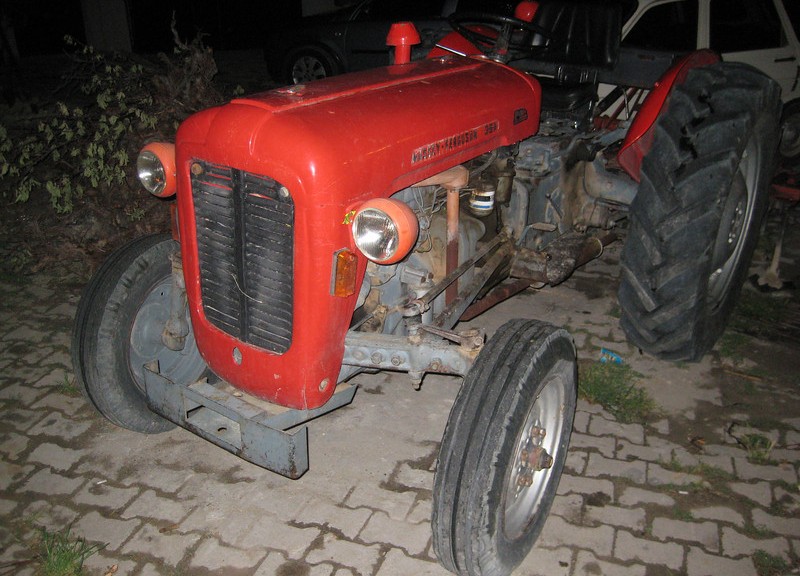
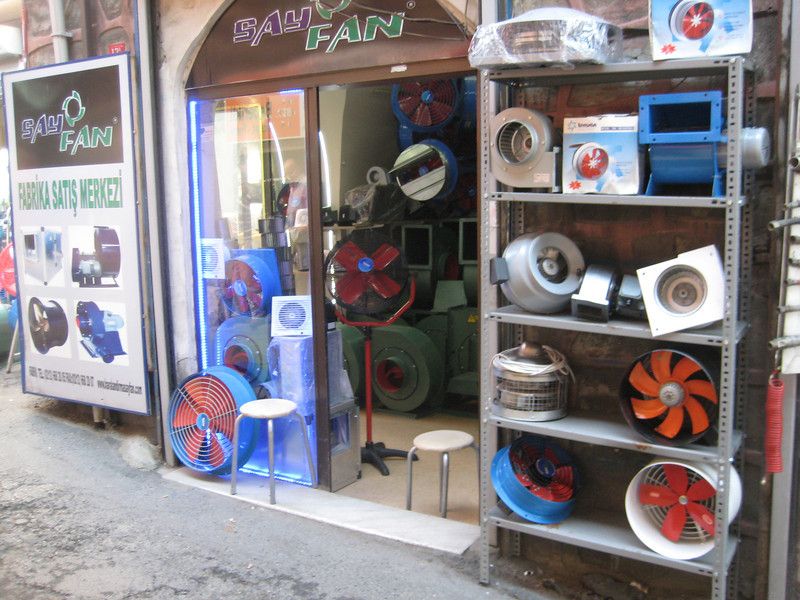
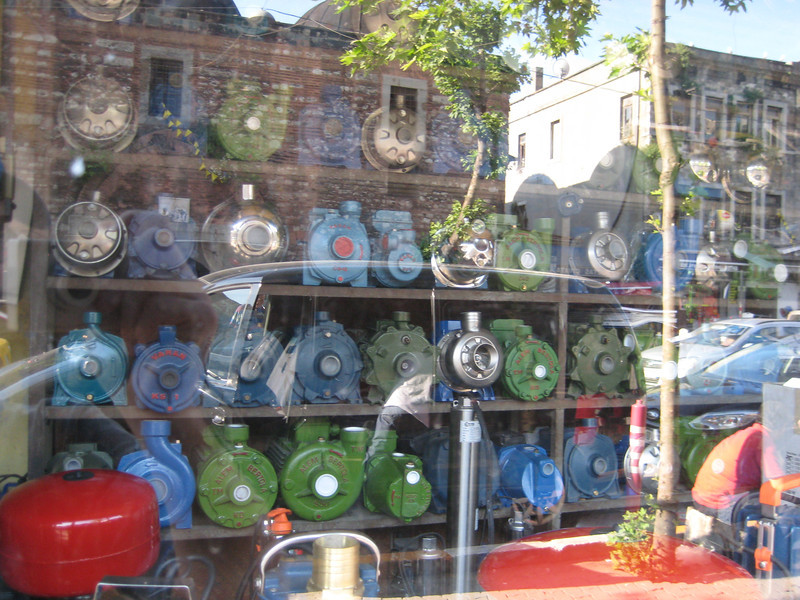
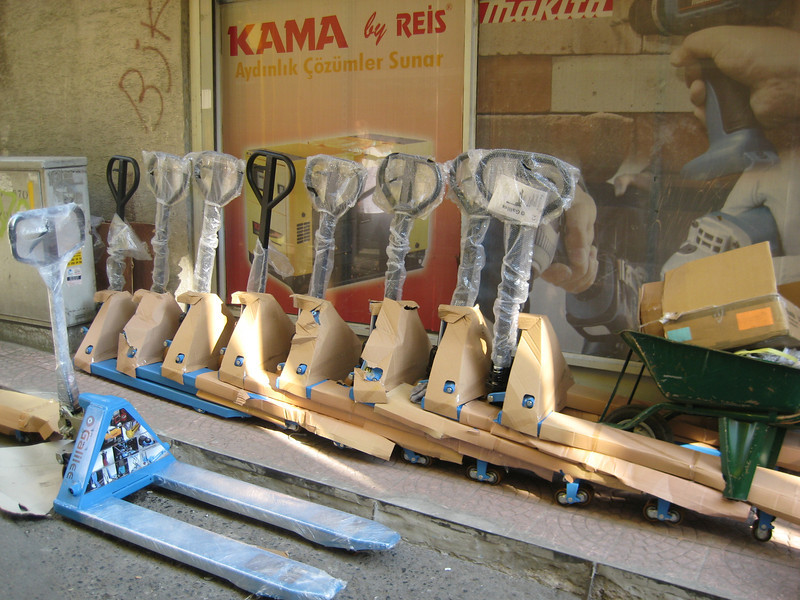
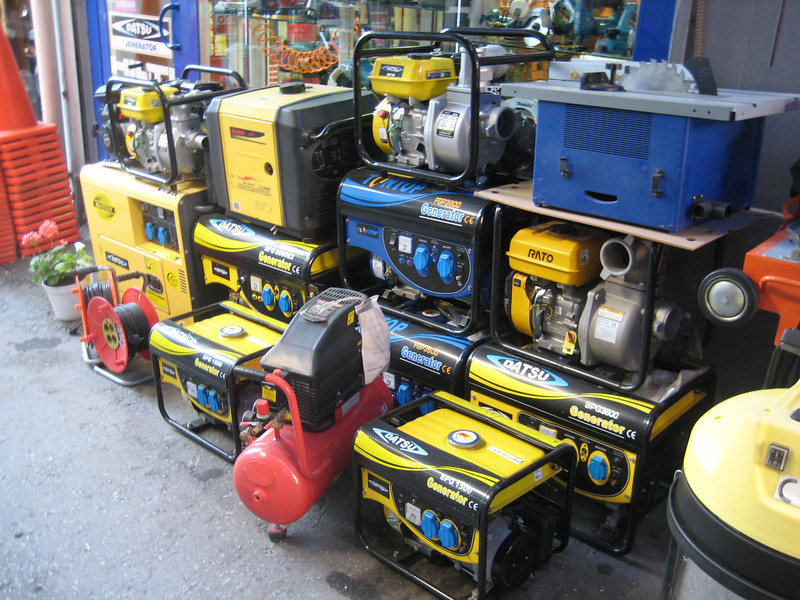
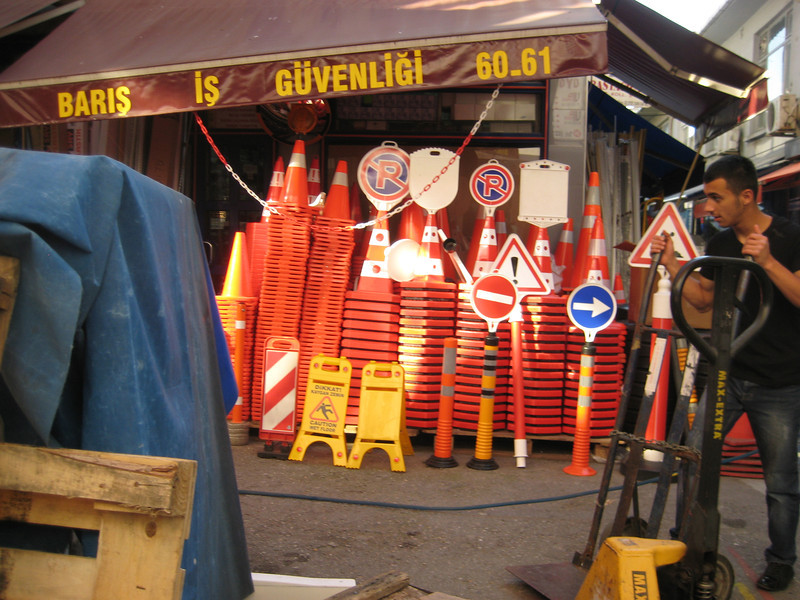

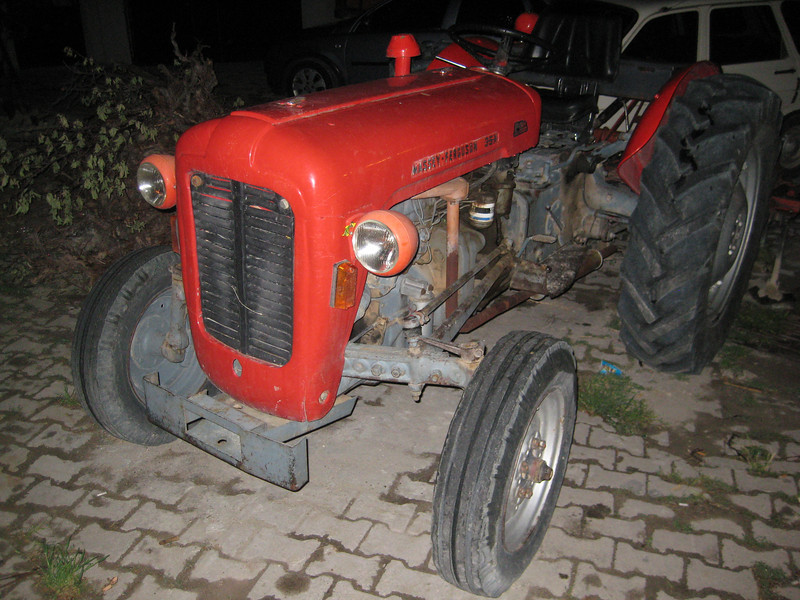







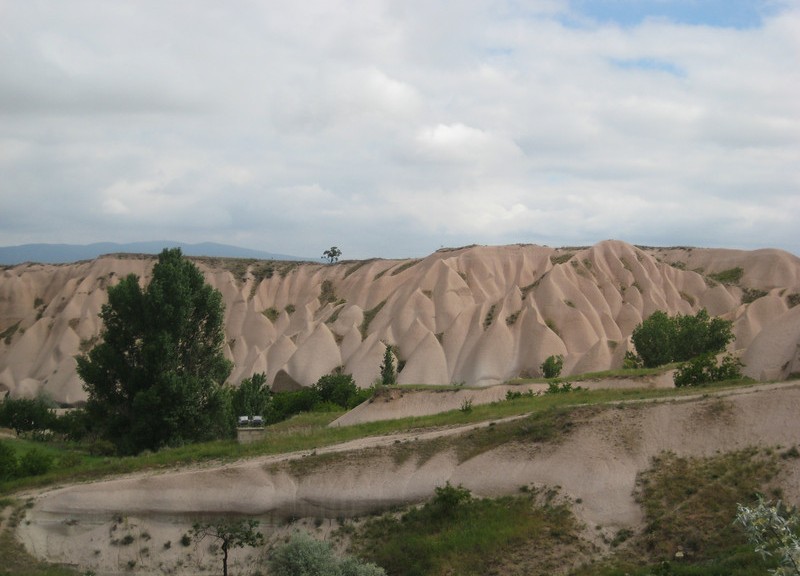
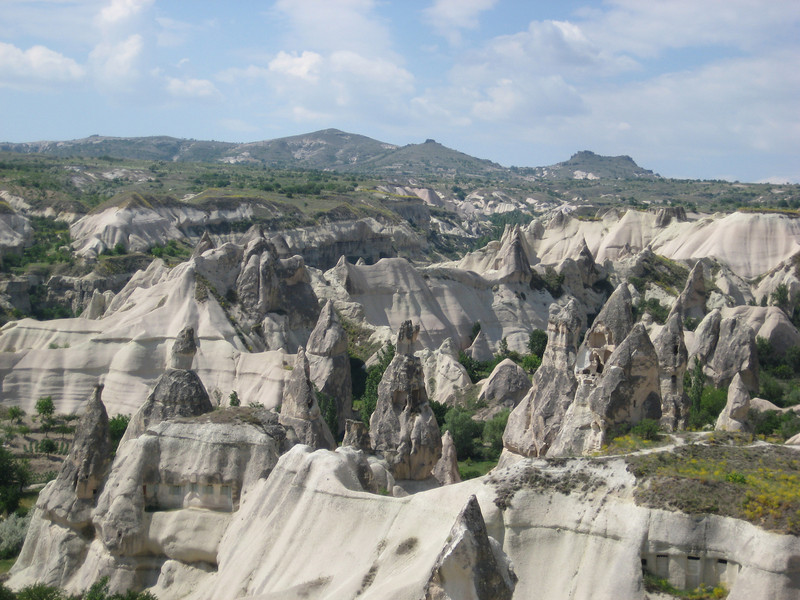

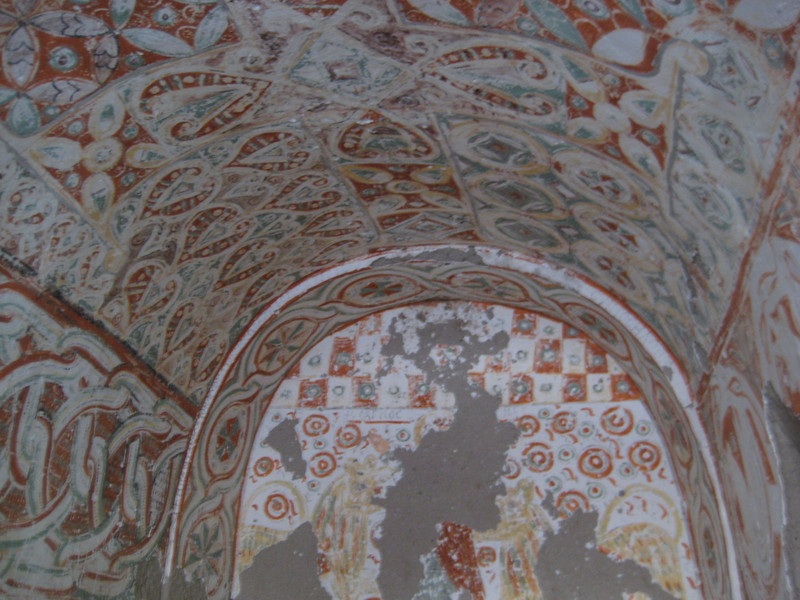
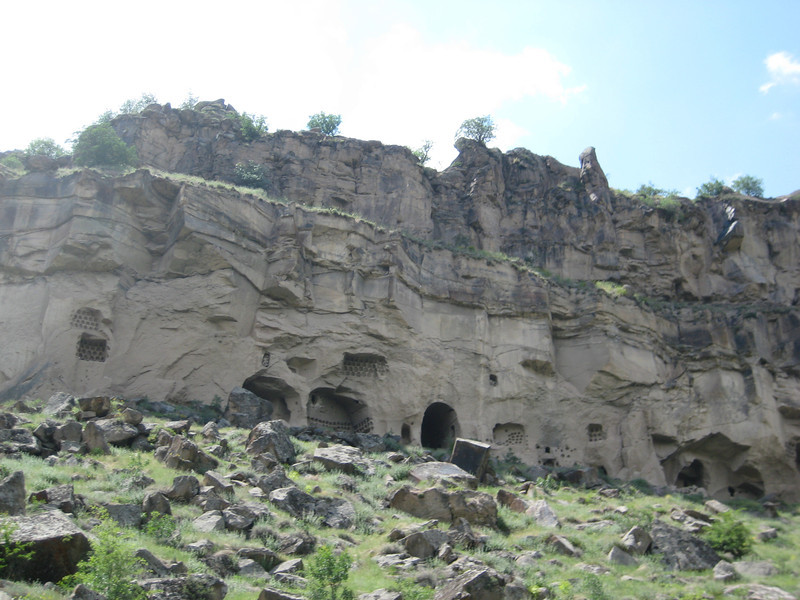
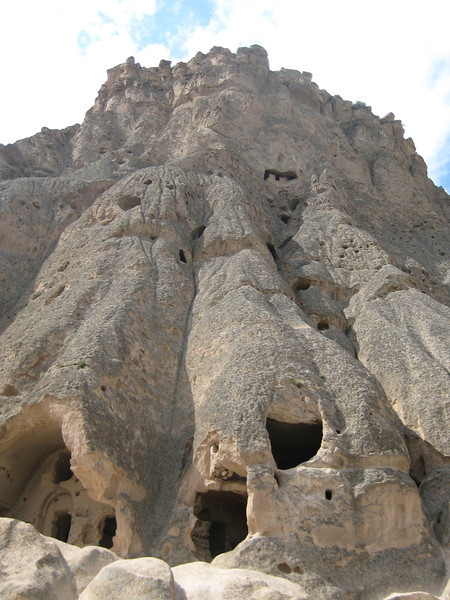
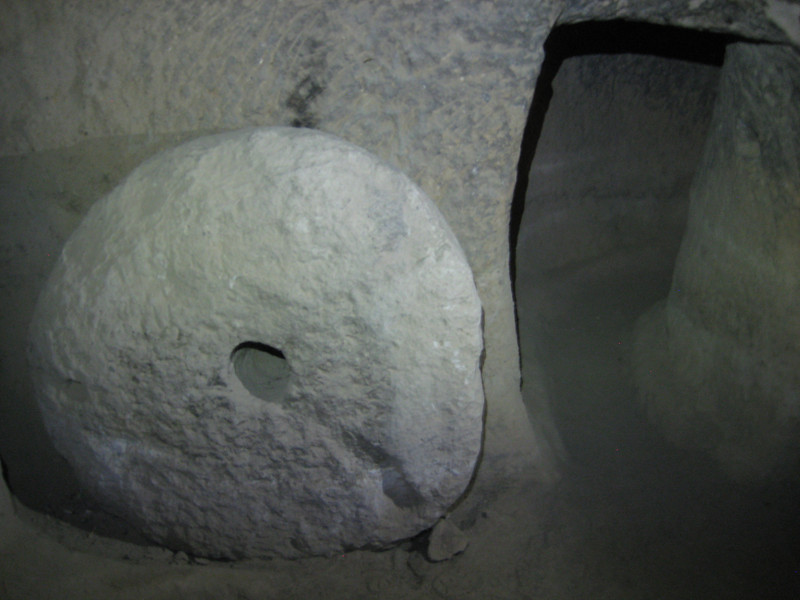
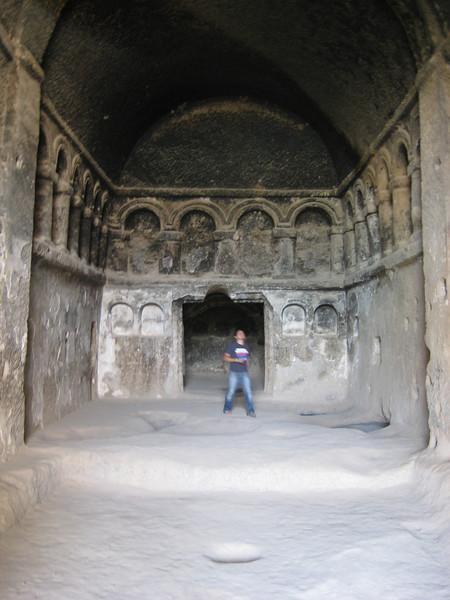

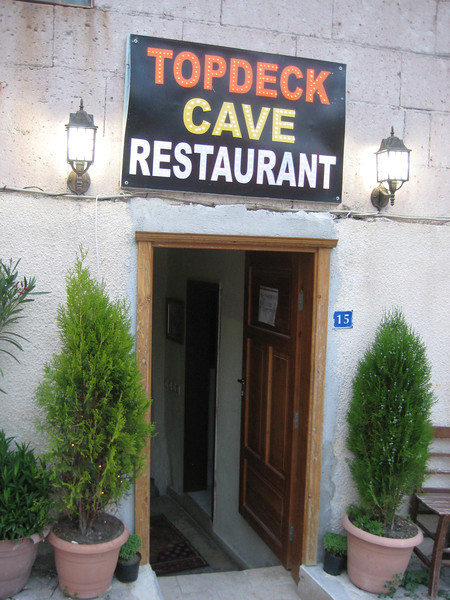
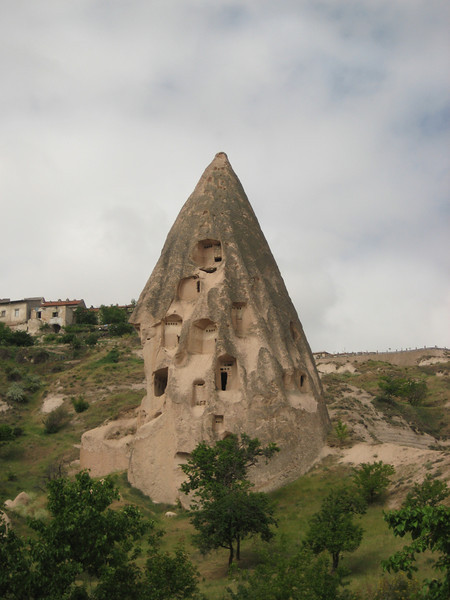

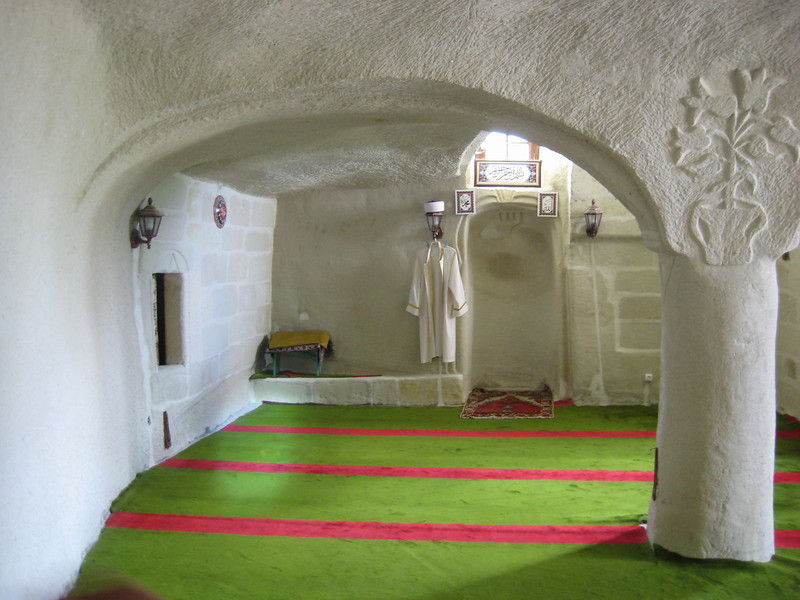
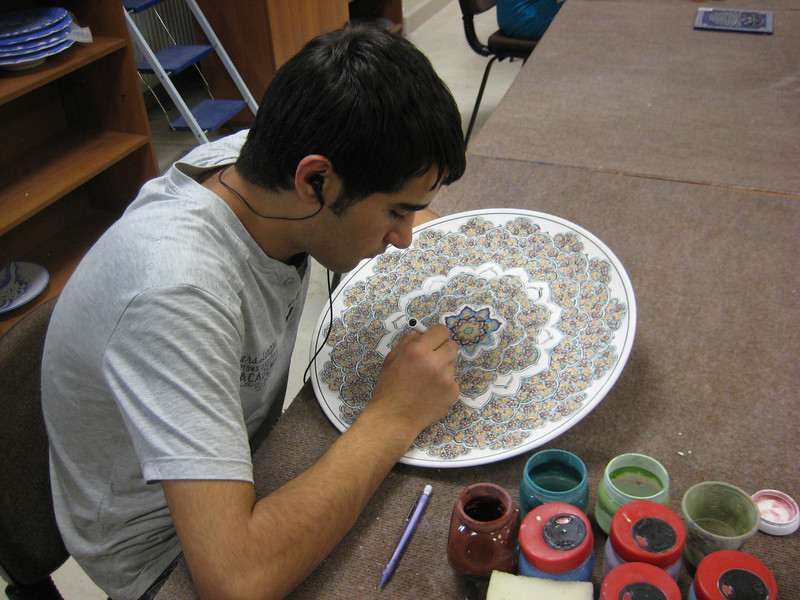
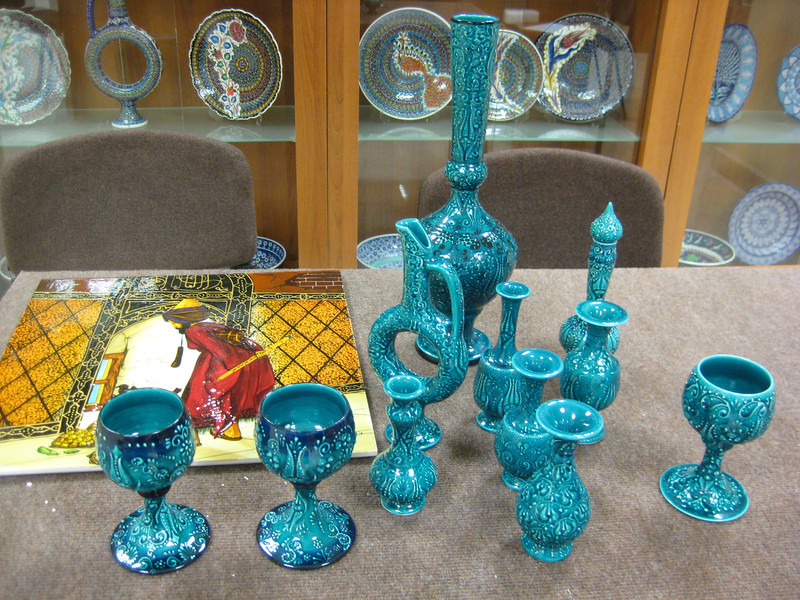
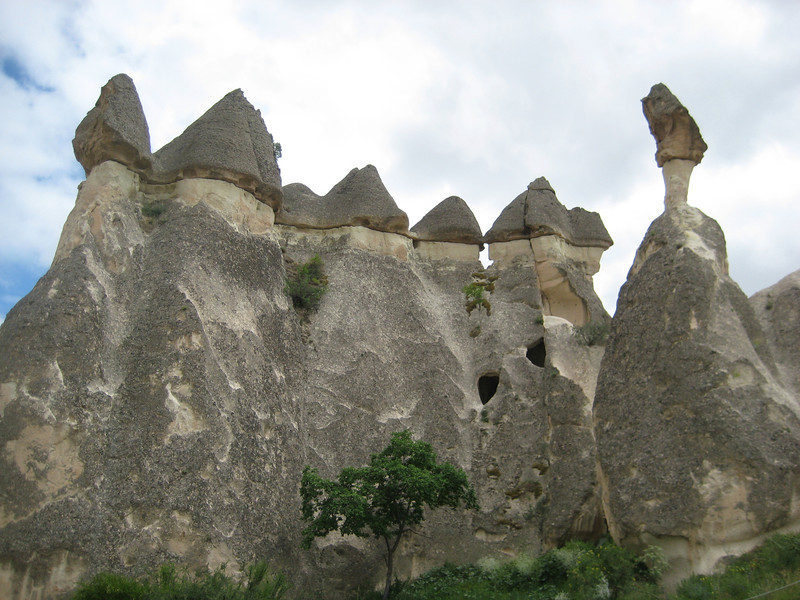

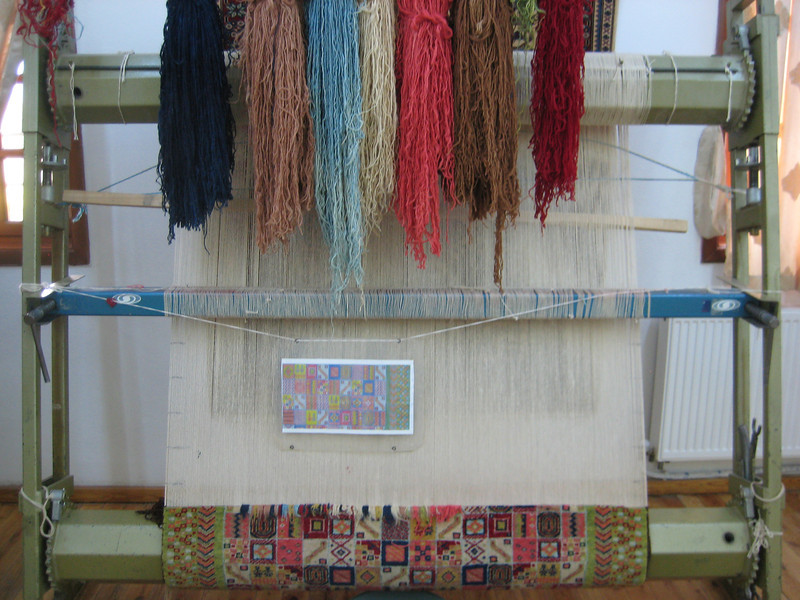 Well, I was working with luminous fish and I thought… hey – loom
Well, I was working with luminous fish and I thought… hey – loom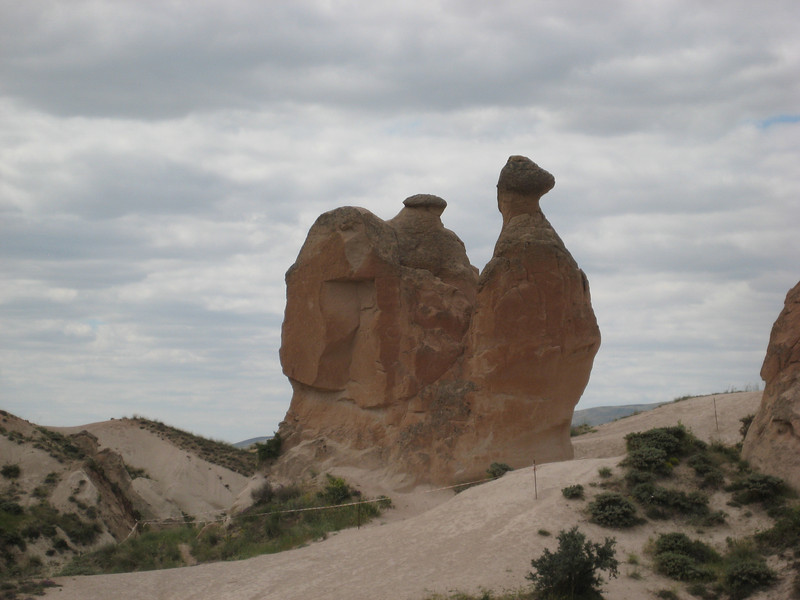 Camel
Camel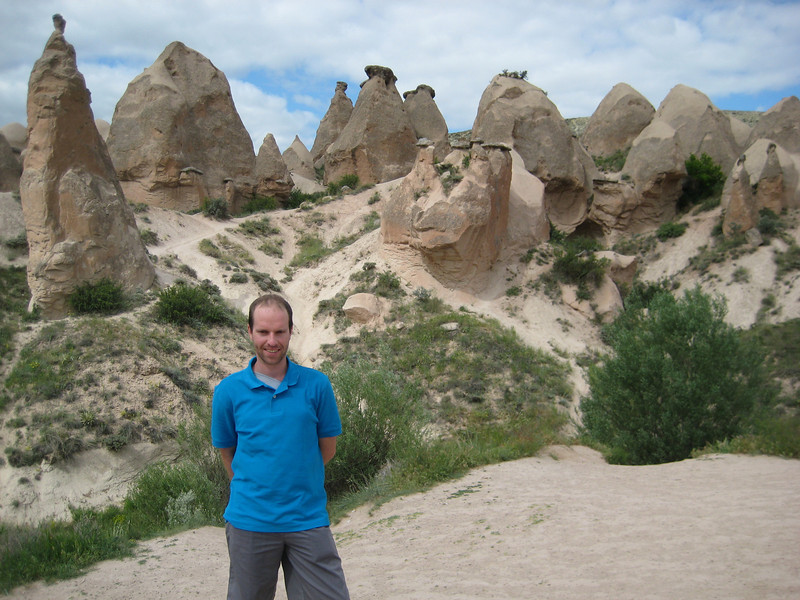 That’s me – that doesn’t take so much imagination
That’s me – that doesn’t take so much imagination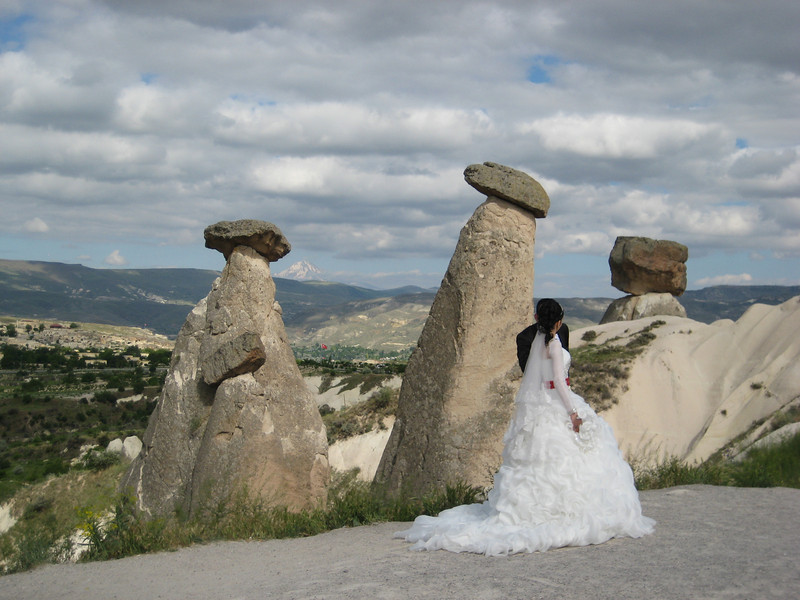 There was a photographer with this couple
There was a photographer with this couple